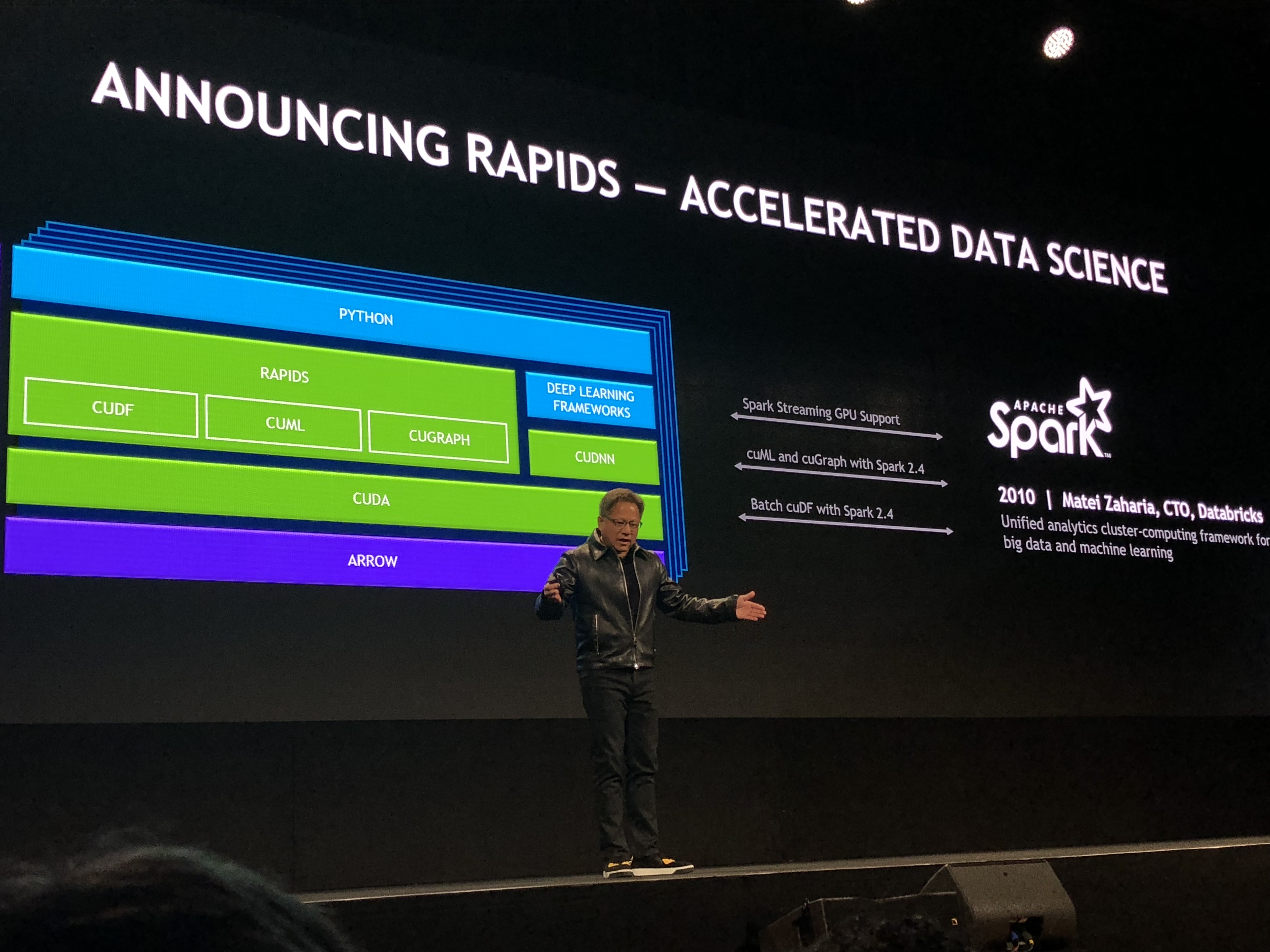
#NVIDIA KEYNOTE 2016 NEWS FULL#
The third finalist group this year is David Lattanzi and his team at George Mason University for their work on using drone images in GPU-accelerated structure safety assessment to aid in disaster response (based on Haiti’s 2010 earthquake).Ī full "Cloud Point" model of a bridge in Alaska (George Mason University) George Mason University finalist: "How Haiti's Earthquakes Inspired New Ways to Map Structural Safety Using GPUs"

The blog post is titled “ Imperial College Uses GPUs to Spot Brain Damage.” Using the group’s soon to be open-sourced DeepMedic software, doctors will now be able to take advantage of CUDA-accelerated computations that will complete brain lesion imaging in just 2 minutes compared to several hours without any GPUs. The second finalist group this year is Konstantinos Kamnitsas from the BioMedIA Department of Computing at Imperial College London for his work in using GPU-accelerated deep learning for diagnosing and analyzing images of brain lesion segmentation. Imperial College London finalist: "Imperial College Uses GPUs to Spot Brain Damage" The blog post is titled “ GPUs Help Map Worldwide Poverty.” Training the final model took just three days on GPU-accelerated libraries. The team pulled pairs of satellite images showing day and nighttime views of the same area from Google Earth and Google Images, and then used Titan X and Tesla K40 GPUs to accelerate their image analysis. “There are countries in sub-Saharan Africa for which the most recent data we have is 20 years old, so we’re still extrapolating from early ‘90s estimates,” says Ermon. The team trained a neural network to accurately predict poverty levels in sub-Saharan Africa from satellite image features like roads, farmlands and homes. One of the five selected finalists this year is machine learning expert Stefano Ermon, who partnered with food security specialists David Lobell, Marshall Burke and some Stanford engineering students for their work in using GPU-accelerated deep learning to turn regular Google Earth images into statistical poverty models. Stanford finalist: "GPUs Help Map Worldwide Poverty" This year's finalist teams come from Stanford University, Imperial College London, George Mason University, Duke University and Sweden's Chalmers University of Technology.

As of February 1st, Nvidia has announced five finalists to compete for its 2016 Global Impact Award, a yearly $150,000 research grant that goes to any researcher or institution that has used Nvidia GPU technology to make a positive social or humanitarian impact.


 0 kommentar(er)
0 kommentar(er)
